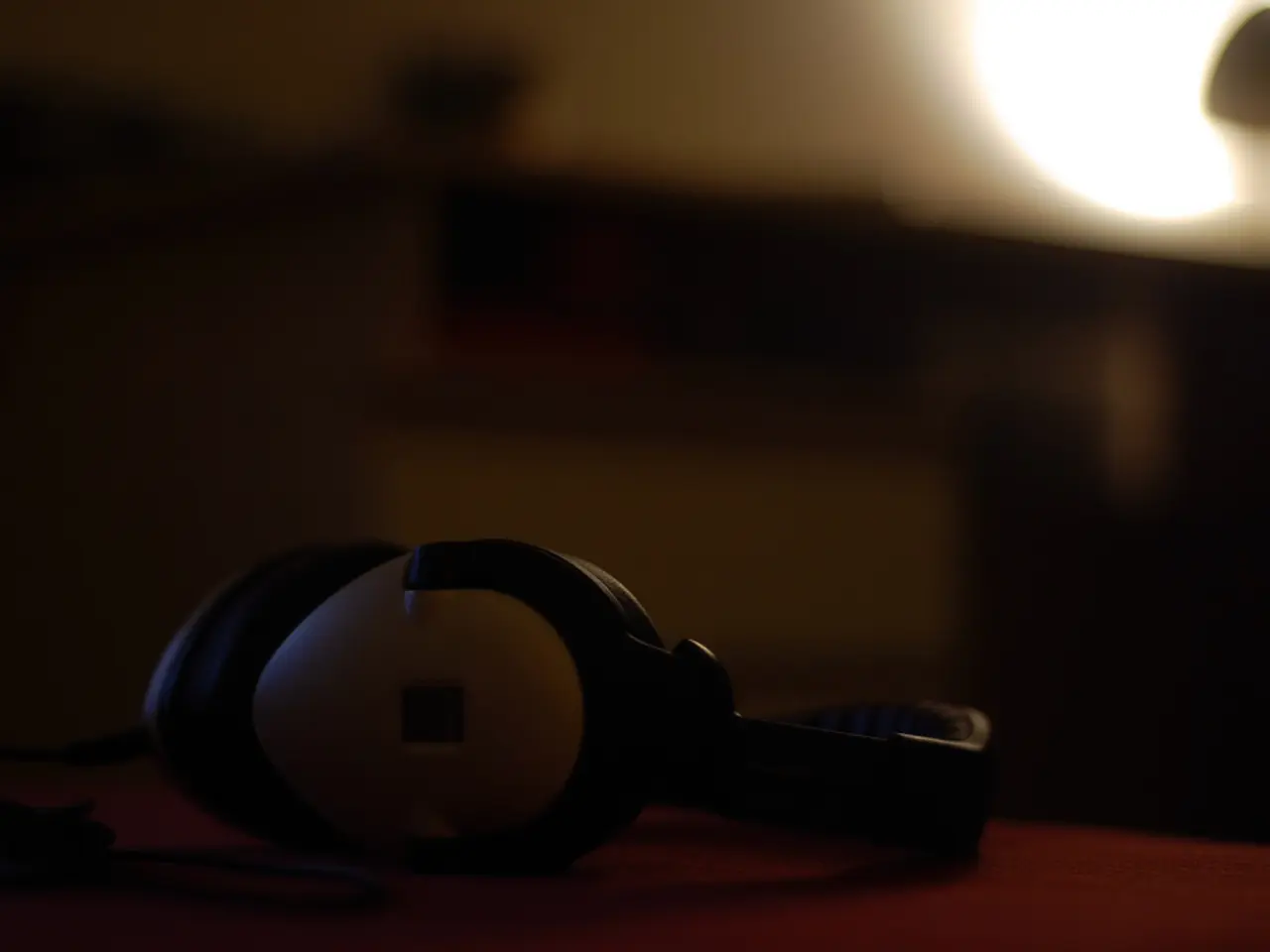Expert Guide to High-Quality Studio Headphones for Music Producers
Choosing the Right Studio Headphones for Your Needs
Whether you're a budding audio engineer or a seasoned professional, selecting the right pair of studio headphones is crucial for your work. Here are some key factors to consider when making your choice.
Frequency Response and Tonal Neutrality
Studio headphones should have a flat, accurate frequency response (around 20Hz to 20kHz) to reproduce sound without coloration or bias towards certain frequencies. This allows for precise mix decisions and ensures the final product sounds as intended.
Soundstage and Imaging
A wide, natural soundstage and excellent imaging help accurately position audio elements in the stereo field, which is critical for spatial mixing and mastering tasks. Open-back headphones, in particular, offer a more natural listening experience with a wider soundstage, ideal for these purposes.
Comfort and Weight
Since mixing and mastering sessions can be long, comfort is paramount. Look for headphones with well-padded ear cups, balanced weight distribution, adjustable headbands, and appropriate clamping force to avoid fatigue. Comfortable headphones should also have soft ear pads and allow for natural airflow to prevent pressure build-up during extended sessions.
Build Quality and Durability
Robust construction is important for longevity in a professional setting. Look for materials like reinforced plastic and metal, and features like detachable or coiled cables for versatility and longevity.
Impedance and Amplification Requirements
Higher impedance headphones may benefit from dedicated headphone amplifiers to improve sound quality and reduce distortion. Lower impedance headphones, like the Philips SHP9500, are easily driven by consumer electronics.
Budget and Use-Case
While high-end headphones typically offer superior sound accuracy and comfort, budget models can still provide good enough performance for beginners. The choice depends on balancing budget with critical audio quality needs.
Wired vs Wireless
Wired headphones provide consistent sound quality without interference, which is crucial for mixing. Wireless headphones, on the other hand, offer convenience and advanced technology. Look for options with Bluetooth connectivity that offer low-latency audio.
Popular Studio Headphone Models
Some popular studio headphones include the Beyerdynamic DT 1990 Pro and DT 990 Pro, Sennheiser HD 650, and Audio-Technica ATH-R70x. The Sennheiser HD 280 Pro is renowned for its excellent noise isolation, while the Beyerdynamic DT 700 PRO X offers similar quality with a closed-back design. The Sony MDR-7506 is a staple in studios due to its balanced sound profile and durability, and the Audio-Technica ATH-M50X offers robust build quality and punchy bass.
Choosing the Right Headphones for Your Needs
When selecting studio headphones, consider the primary use, such as tracking, mixing, mastering, music production, podcasting, or general studio work, to find the most suitable pair. Many studio models come with detachable headphone cables, offering flexibility for different audio setups.
Drivers, Impedance, and Frequency Response
Drivers are the components responsible for converting electrical signals into sound. Larger drivers generally provide better bass response, enhancing audio production. Impedance refers to the electrical resistance headphones offer to the source signal. High-impedance headphones (above 100 ohms) might require dedicated amplifiers for optimal sound quality. Flat frequency response ensures no frequency is overly accentuated.
Planar Magnetic Drivers
Planar magnetic drivers use a thin, flexible diaphragm with magnetic fields, resulting in less distortion and a clearer soundstage. These drivers are popular for mixing and mastering headphones due to their high fidelity and accuracy.
Staying Updated
Staying updated with wireless headphone trends can help choose models that ensure longevity and cater to evolving audio standards. Recent trends in wireless headphones focus on noise-canceling features and longer battery life.
Conclusion
When choosing studio headphones, prioritize neutral and flat sound reproduction, accurate stereo imaging, comfort for long sessions, and compatibility with your audio equipment. Balance cost with required features, and consider reading professional reviews and expert insights to make an informed purchase decision.
- In the process of music production, a good audio interface is essential for connecting microphones and gadgets to your studio setup for clear and precise audio recording.
- To achieve a high-quality mixing and music production experience, incorporating mixing techniques with studio headphones that have a flat and accurate frequency response is key, ensuring the audio remains uncoloured and balanced.
- Technology advancements in music production include the development of wireless studio headphones, offering convenience when it comes to working with various gadgets in the studio, while still ensuring low-latency audio for precise mixing.
- Though, if you're a beginner in music production, consider budget studio headphone models that still offer decent performance without putting a significant dent in your budget.
- With so many studio headphone models available, it's important to choose one that is suitable for mixing, mastering, music production, or your specific audio setup requirements, catering to your unique needs and preferences in technology.




